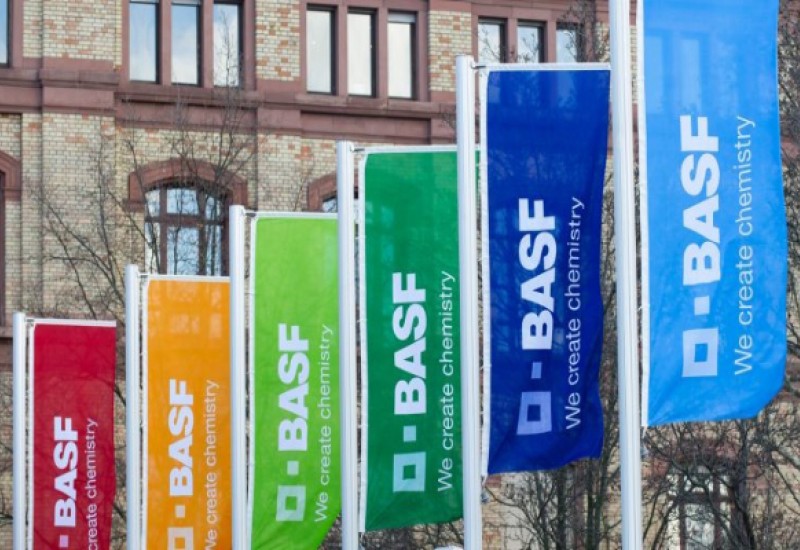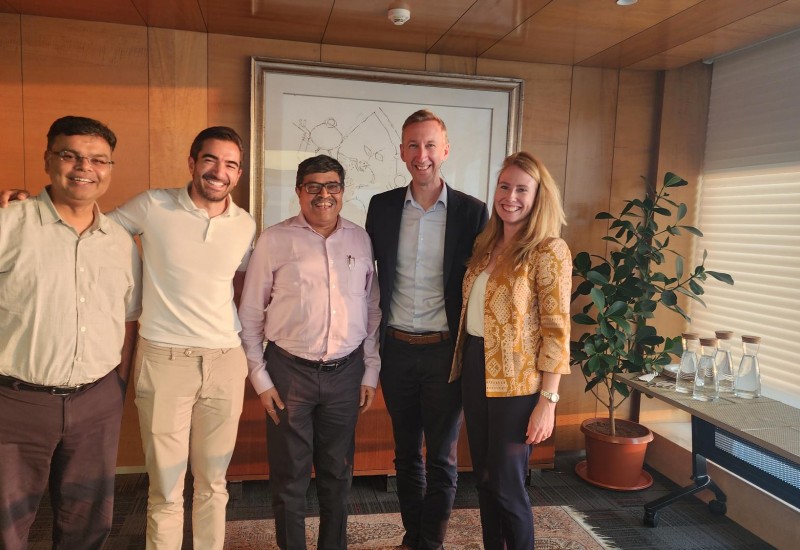Feature article - Practical progress the theme of agrochemical conference
Gains in biologicals are helping to offset huge market share for generics. Gregory Morris reports from Savannah
It was all business at the Specialty & Agro Chemicals America conference on 19-22 June, in the new venue of Savannah, Georgia. Exhibitors said that there was “a high level of energy at the show,” and this extended to the programme presentations.
“If you were in agricultural chemicals in the last eight years, you made money,” stated Alex Polinsky, a chemical tolling consultant. “If you did not, you were doing something wrong.” The outlook for the next few years is more mixed, but still positive on aggregate. Generic chemical pricing is decreasing while the market share of generics is increasing.
Generic prices down…
As the lead example of generic price declines, Polinsky cited glyposhate (95%, ex-works China) had declined by 59% from January 2022 to March 2023. Prices for Bifenthrin were down 46% in the same period; 2,4-D was down 41%; and Chlorothalonil was down 22%. These price decreases are a growing challenge for producers because of compounds coming off patent.
Polinksy noted 17 major substances with sales of $4.5 billion that had come off last year or this, or would by the end of next year, led by Chlorantranipole ($1.75 billion). For the industry as a whole, off-patent agrochemicals grew from 77% of global sales in 2014 to 90% in 2020, and sat at 92% in 2022.
…biological inputs up
On a more positive note, Polinsky projected that the value of biological inputs would have a growth rate of 17%, from $5.4 billion in 2022 to $17 billion in 2027. “The market is willing to pay twice as much for biologicals versus synthetics,” said Polinsky. “Growers can improve nitrogen uptake with biologicals, and biologicals can attack the super-weeds that have developed immunity to glyphosate.”
Underscoring that point, Sarah Reiter, senior vice president of business development for BioConsortia, said that “biologicals make chemical treatments better.” Focusing on nutrients, she noted: “Only about half of the nitrogen applied actually gets to the plant. Biofertilisers are a way to address that, reduce runoff and increase uptake. You cannot feed the world without nitrogen fertiliser, but it has a high energy cost and it’s not effectively applied.”
Reiter explained that a significant challenge for biofertilisers is that the microbes that are the most powerful nitrogen fixers are also the least robust, meaning they have to be applied within a few days of formulation. The longer-lasting, more stable microbes that are a better fit for the way farmers apply supplements are also less effective at fixing nitrogen.
BioConsortia itself has used gene splicing to make the more-efficient microbes more rugged and is building partnerships around the world. Reiter noted that Pivot Bio introduced a treatment using the high-action, short-term microbes just a few years ago, and that is being used on three million acres (1.2 million hectares). “That formulation is a just-in-time drop shipment that has to be applied in three to five days. But still, this is a huge indication that growers are interested in nitrogen-fixing bio-fertilisers.”
Economic outlook
The conference agenda also looked general economic assessments. The essential outlook from the overall US economy is that “inflation has peaked and is easing,” according to Kevin Swift, managing director of Swift Economics. “The outlook for 2023-25 is for slow growth, with a mild, rolling recession in the US this year.” He expects the economy to stabilise in 2024 with a recovery forecast for 2025.
In the nearer term, Swift explained that the extreme shortage of semiconductors during the pandemic shot to an oversupply and a slump in prices. That situation is starting to moderate. “There have also been more housing starts, but high prices and mortgage rates are stalling sales. Overall recovery, including industrial production, is stalling in China”, while US petrochemicals retain an advantage in terms of pricing and security of supply.
More broadly, V. M. DeLisi, president of Fanwood Chemical noted that, while the idea of repatriating manufacturing to North America and Europe plays well politically, “we can’t really bring back much in specialty chemicals because production of the primary chemicals and intermediates is gone. Maybe you can formulate the last few steps. The base chemicals are mostly made in China.”
All that said, DeLisi added that “the problem is not as pronounced in fungicides and insecticides” and “formulators are booming in the US”. He also expressed concern about the Syngenta IPO, which is planned for the Shanghai stock exchange. “Syngenta already makes more than 25% of worldwide agchems, and the company has stated that one third of the funds raised through the IPO will be for acquisitions. China’s domination of worldwide agchems should worry anyone concerned with food security.”
Digging deeper into the glyphosate saga, DeLisi noted that the embattled herbicide has been subject to production and supply-chain complications. “Everyone who knew anything about agrochemicals said glyphosate was going to be short, so people bought everything else times two.”
Room for optimism?
Even with the challenges DeLisi cited in bringing basic chemical manufacturing in North America, there are some notable exceptions. MFG Chemical has recently completed the integration of Radical Polymers, a maker of antiscalants for water treatment.
“This is a new technology for our water treatment business,” said Paul Turgeon, CEO of MFG. “We have been making water treatment chemicals in house and wanted to have more access to more aspects of the business. Mike Standish, the founder of Radical, had a vision of how different chemistries perform. Mike created a lab to do discovery; not many people do that any more.”
“Globalisation has gutted a part of the industry,” added Turgeon, “because it’s so easy to make bulk materials in Asia. We don’t do that. We can make money within these segments and chemistries, and we are on the hunt for others. There are good tailwinds for the business. There is strong domestic demand, especially in the water and power sectors. To meet that demand, we’re making molecules in North America.”
Biden focus
In his overview of US trade policy, DeLisi remarked that the Biden administration’s focus is on labour and environmental issues. “Tariff elimination is not a goal, so there will be no more free-trade agreements,” he said The current emphasis of the administration is the Indo-Pacific Economic Framework, which covers 14 countries. “The priorities are supply chains, clean energy and climate change, but not market access.” Similarly, the US-European Trade & Technology Council’s focus is on environmental issues, critical minerals, and clean technology. “They are trying to match US and EU priorities.”
Turning to the Russian invasion of Ukraine, DeLisi explained that from a business point of view for the specialty chemicals industry, “it doesn’t matter that the US has been tagging Chinese companies that supply electronics [to Russia]. It’s nitrotoluene that is the key to agricultural chemicals. And also non-agrochemicals, including explosives. If explosives show up in the war with Chinese or Indian tags there could be trouble.”
SarSimilarly, DeLisi warned all chemical companies to be alert to raw materials or intermediates manufactured from the Uyghur region of China. “This is considered an illegal import because it is suspected of being manufactured with forced labour. If any such material is found you have 30 days to prove it is not. Authorities have unlimited time to investigate.”















